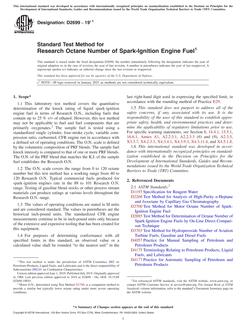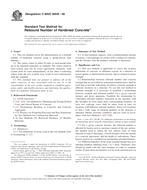1.1 This practice covers the evaluation of the performance of personal samplers of non-fibrous respirable aerosol. The samplers are assessed relative to a specific respirable sampling convention. The convention is one of several that identify specific particle size fractions for assessing health effects of airborne particles. When a health effects assessment has been based on a specific convention it is appropriate to use that same convention for setting permissible exposure limits in the workplace and ambient environment and for monitoring compliance. The conventions, which define inhalable, thoracic, and respirable aerosol sampler ideals, have now been adopted by the International Standards Organization (Technical Report ISO TR 7708), the Comit Europen de Normalisation (CEN Standard EN 481), and the American Conference of Governmental Industrial Hygienists (ACGIH, Ref (1)), developed (2) in part from health-effects studies reviewed in Ref (3) and in part as a compromise between definitions proposed in Refs (3,4).
1.2 This practice is complimentary to Test Method D 4532, which specifies a particular instrument, the 10-mm cyclone. The sampler evaluation procedures presented in this practice have been applied in the testing of the 10-mm cyclone as well as the Higgins-Dewell cyclone.3,4 Details on the evaluation have been recently published (5-7) and can be incorporated into revisions of Test Method D 4532.
1.3 A central aim of this practice is to provide information required for characterizing the uncertainty of concentration estimates from samples taken by candidate samplers. For this purpose, sampling accuracy data from the performance tests given here can be combined with information as to analytical and sampling pump uncertainty obtained externally. The practice applies principles of ISO GUM, expanded to cover situations common in occupational hygiene measurement, where the measurand varies markedly in both time and space. A general approach (8) for dealing with this situation relates to the theory of tolerance intervals and may be summarized as follows: Sampling/analytical methods undergo extensive evaluations and are subsequently applied without re-evaluation at each measurement, while taking precautions (for example, through a quality assurance program) that the method remains stable. Measurement uncertainty is then characterized by specifying the evaluation confidence (for example, 95 %) that confidence intervals determined by measurements bracket measurand values at better than a given rate (for example, 95 %). Moreover, the systematic difference between candidate and idealized aerosol samplers can be expressed as a relative bias, which has proven to be a useful concept and is included in the specification of accuracy (3.2.9-3.2.10).
1.4 Units of the International System of Units (SI) are used throughout this practice and should be regarded as standard.
1.5 This standard does not purport to address all of the safety concerns, if any, associated with its use. It is the responsibility of the user of this standard to establish appropriate safety and health practices and determine the applicability of regulatory limitations prior to use.
Product Details
- Published:
- 10/10/2001
- Number of Pages:
- 9
- File Size:
- 1 file , 110 KB
- Redline File Size:
- 2 files , 270 KB


